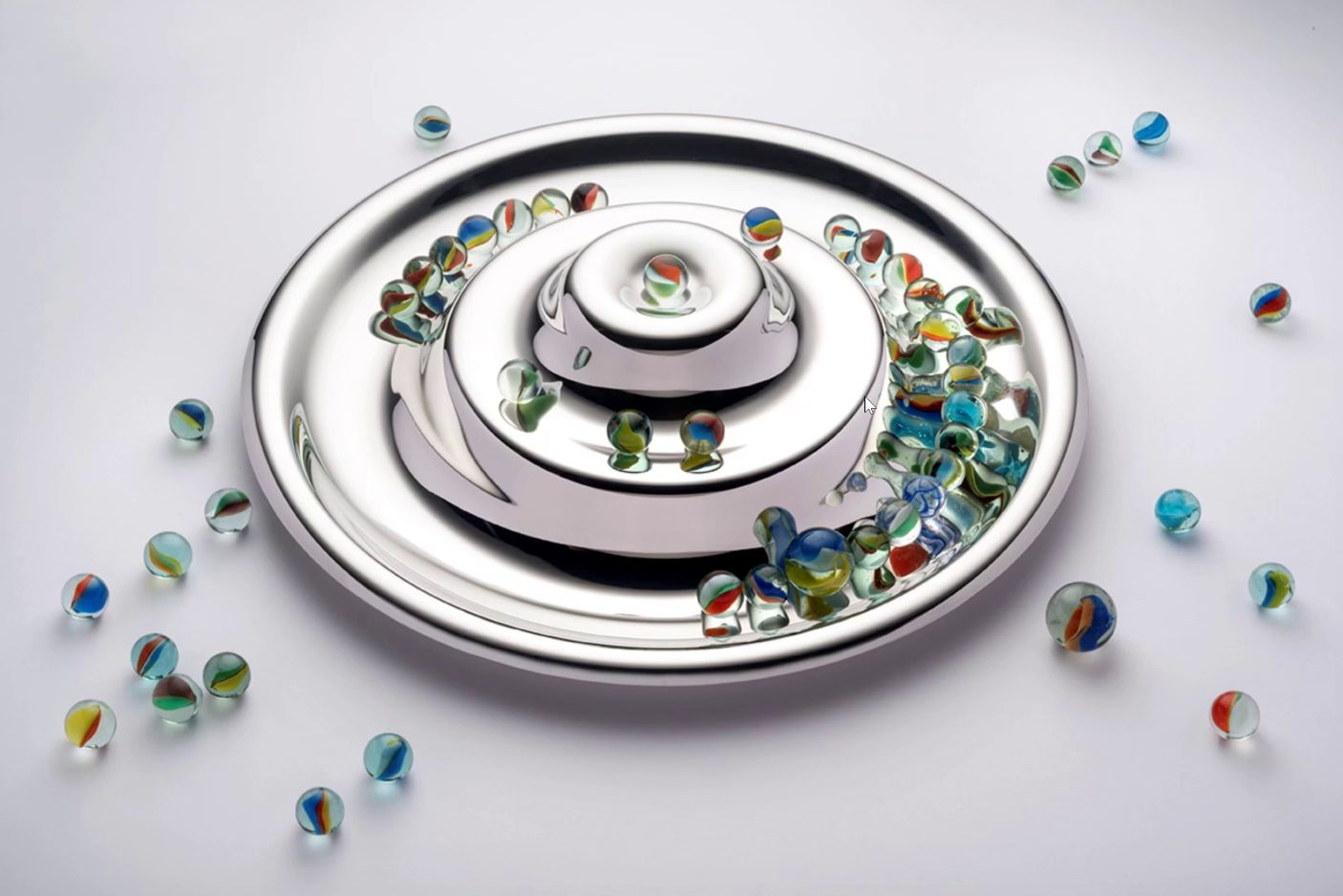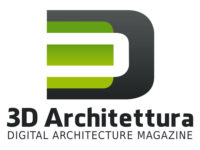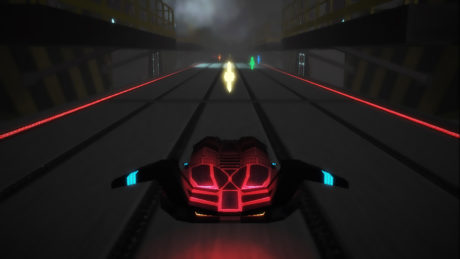SOFTWARE

Rhinoceros
LANGUAGE
Italian
SUBTITLES
none
In these twelve plus 3 extra lessons of the course, you will learn what is the logic behind the software to better use Rhinoceros and its tools in the most efficient and smart way generating your lines, curves, and surfaces with no mistakes and a 360° control about your geometry. You will be able to model and edit accurate free-form 3D NURBS models and bring to life your design, setting your mind on the right approaches to modeling with Rhinoceros 3D.
We will cover the most important arguments about lines, polylines, curves, and editing tools that are a “must-know” basics to become a Pro-Rhino user.
Finally, we will learn how to set up our interface and customize it with useful commands to become fast end, efficient modelers.
ABOUT THE COURSE INSTRUCTOR

Michele Blasilli is an Italian Industrial & Product Designer, born and raised in Rome, where he graduated at “La Sapienza” University of Rome. He has completed his Bachelor’s Degree in Industrial Design and accomplished his Master’s Degree in Product Design. In December 2016 he has completed a First Level Master in Industrial Design.
He has been working for Important Design Companies and Design Studios, such as Valerio Sommella Design Studio, developing products for Alessi, Plust, Slide, Kundalini. He has been working for Nivea Italy developing a new Concept for a really innovative and unique customer experience and a new revolutionary cream packaging.
He has been rewarded on 29-06-2018 with the “A Design Award Bronze Prize” in Industrial Design Category with his project “m0mi”.
Since October 2017 he’s working as Furniture and Lighting Designer at Paolo Castelli Spa, designing and developing luxury products.
He has developed over the years a strong passion for details, 3D modeling, and Rendering. His “Dogma” is Complex Simplicity, every geometry needs to be designed as clean as possible to reach a stunning and perfect final model. To better understand this theory just think about one famous quotation:”Less is More” | Ludwig Mies van der Rohe.
Inspired by the old Masters of Italian Design, he’s very interested in the creation of beautiful yet useful products, like an Inventor moved by the curiosity and the desire to improve the quality of everyday life.
Course Curriculum
| LESSON 1 | Introducing Rhinoceros 6 interface | 00:22:42 | ||
| In this first lesson, I will introduce you Rhinoceros 6, the most appreciated 3D modeling tool for Designers. I will show you how to set up the right dimenson units to model design products, I will show you the new commands about Rhinoceros that have been developed for the last version. You will learn how the interface is diveded into few main sections , each one related to a precise phase of our modelling experience: creation; editing; management; analysis. | |||
| LESSON 2 | Set-up, customize and improve your modelling action | 00:23:36 | ||
| We will see how we can start doing some adjustments about the visualization options when modelling to improve our program and our workflow. You will learn the most first useful commands to know, when you first approach Rhinoceros and you will probably, (99% it happen no worries is normal), loose your geometry in the space and you are struggling trying to find it out again. You will learn how to use the different “Zoom” commands, how to change your modelling window set up, how to choose and use the best “Hide” commands, how to change color to an existing layer. We will going through the bottom part of te interface were you will learn how to set up the best options to use, while you are modelling your product, so I will show you how to use the “Snaps”, and the “Orthogonal” options. | |||
| LESSON 3 | The “holy” Gumball | 00:24:22 | ||
| The only way you have to become a “Pro-Modeller” with Rhino is to start learning how to use with proficiency the Gumball. Thanks to this manipulator you will be able to operate directly on the selected geometry, the Gumball axes allow you to Move, Rotate and Scale the object and you can also give a numeric imput to move, scale or rotate the object with a specific distance, dimension or angle. This powerful tool gives you the opportunity to make some others very interesting operations, you can select edges, extrude them, scale them or move them, this means you can sometimes start modelling just using the Gumball!. Your speed will rise up so much that you wouldn't regret have started use the Gumball. | |||
| LESSON 4 | Rhinoceros’s nature understanding | 00:23:14 | ||
| Before to move on and start any type of action in Rhino we are going to learn what this modelling program is, we will learn what’s the nature and the math behind it. Rhinoceros is a NON-PARAMETRIC Program that gives you all the freedom to model whatever your fantasy can develop, but doesen’t give you the opportunity to have a “History” in order to quicly modify and make some changes to your geometry with a final model that have followed those changes. | |||
| LESSON 5 | History option explanation | 00:24:04 | ||
| As we have learned in the previous lesson, Rhinoceros does not have an explicit History, but you can still “Record” an implicit short History in order to modelling a product faster and easier. I will show you how the “History” works, the relationships between The “Parents” and their “Children” to better understand how useful this option is. | |||
| LESSON 6 | Never talk about Solids in Rhino | 00:21:39 | ||
| One of the most common mistake people do with Rhinoceros is to think they are working with Solid. Nothing more wrong of this. I will show you why Rhinoceros doesen’t use any kind of Solid to create the models. It can sounds wird but when you have learn this so much importamt notion, you will start to better understand the Program, how it works and how you can take advantages of it when you start modelling. | |||
| LESSON 7 | Introducing the math: NURBS explanation & Control Points | 00:21:56 | ||
| At this point of the course we are introducing the Rhino’s basics. You will learn what they are, how they work and what kind of curves we have in Rhinoceros to design our models. I will show you the differences between this curves and what you should know about them, intdoducing to you the “Control Points” a second important step to start being an excellent Rhinoceros user. | |||
| LESSON 8 | The Control Points “Weight” & the “Conics”. | 00:24:06 | ||
| Another Control tool that we do have to know when we are designing curves to create our shapes is the "Weight". The command that allows you to change the weight of a control point is an extraordinary easy to use tool to better personalize the shape you want to reach with your curves. You will also learn what a “Conic” is and how it reacts to manipulation in order to understand what is the best command to choose when you are creating cilinders, holes and every kind of circonference based surface or polysurface. | |||
| LESSON 9 | Curvature Graph & Nodes | 00:23:44 | ||
| We are now discovering the most important analysis tool that we have to know when we start creating and then editing our curves. With the understanding of this tool you will be able to take a full control over the NURBS you will use to generate your design. The lesson will end with the explanation of the differences between two curves with the same degree but a different number of control points, with the introduction of the “Nodes”. | |||
| LESSON 10 | Geometric Continuity & Curvature | 00:23:03 | ||
| Continuity is an important concept in 3D modeling, especially in programs such as Rhinoceros Continuity is important for achieving visual smoothness and perfect surfaces. Curve Curvature is defined as the change in the inclination of a tangent to a curve over the unit length of arc. For a circle or sphere, it is the reciprocal of the radius and it is constant across the full domain. At any point on a curve in the plane, the line best approximating the curve that passes through this point is the tangent line. We can also find the best approximating circle that passes through this point and is tangent to the curve. The reciprocal of the radius of this circle is the curvature of the curve at this point. | |||
| LESSON 11 | “Match Curves” tool & Continuity G0 – G1 – G2 | 00:25:14 | ||
| Most of our models will be generated thanks to the matching operation between the curves we will draw in the space. You will learn how to use “MatchCrvs” tool that allows you to choose the best type of coninuity between two curves you need in any situation. At the end of these last lessons you will reach a complete background of solid knowledges about the Continuity that is the most important theme to study and learn when you decide to use Rhinoceros. | |||
| LESSON 12 | Basic Modelling technique: a “case study” of real design products | 00:23:15 | ||
| I will show you the very first easy technique you can use to approach the modelling experience with Rhino. Using all the commands and knowledges you have learned through our lessons, you will be able to draw the right curves, edit them, matching them and analyze their continuity to generate a perfect surface of a Sony bluetooth portable speaker. | |||
| Extra Tips&Tricks | |||
| LESSON 13 | Tips and tricks: Interpolated Curves & Visualization Options | 00:26:46 | ||
| I will show you another type of third degree curve you will use to generate your models when you need to satisfy certain geometric conditions and also you will learn how to use the Window Visualization options in order to improve your modelling methodology. | |||
| LESSON 14 | Tips and tricks: Layers personalization & Selection tools | 00:23:06 | ||
| How easy can be your modelling experience is just related to the learning process of these tools I am showing you. Without knowing these principals and these useful tools, working with Rhino can be a very awful experience. The selection tools you will find in Rhinoceros are many and they need to become one of the first windows you will add in your interface to be able to pick them up faster. | |||
| LESSON 15 | Tips and tricks: Helixes, Spirals and their application | 00:31:16 | ||
| You will finish this course discovering the most used curves to create a mass production product detail, such as the closure system of a plastic bottle, some nice tricks to edit these surfaces and finally add some new personalizations to your Rhino interface. | |||
| Check yourself | |||
| Modelling with Rhinoceros – Quiz | Unlimited | ||




